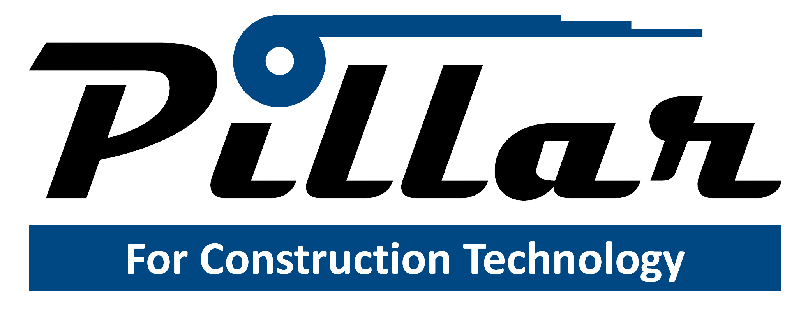Concrete has long been a fundamental material in construction, providing strength and durability to a wide range of structures. In recent years, the construction industry has embraced innovative techniques to enhance the performance of concrete, and one such method gaining popularity is post-tensioning.
**Understanding Post-Tensioning:**
Post-tensioning is a construction method that involves the introduction of high-strength tendons into a concrete structure. These tendons are tensioned after the concrete has cured, creating internal forces that help the structure withstand external loads more effectively.
**Benefits of Post-Tensioning:**
1. **Increased Strength and Load-Carrying Capacity:**
Post-tensioning significantly improves the load-carrying capacity of concrete structures. By introducing tension forces, the concrete can better resist the stresses imposed by heavy loads and dynamic forces.
2. **Reduced Cracking:**
One of the primary advantages of post-tensioning is its ability to minimize cracking in concrete. The internal forces introduced through post-tensioning help to counteract the tensile forces that often lead to cracks in traditional reinforced concrete.
3. **Optimized Material Use:**
Post-tensioning allows for the use of thinner concrete sections without compromising structural integrity. This optimization of material use not only reduces the overall weight of the structure but also enhances cost-effectiveness.
4. **Flexibility in Design:**
Engineers and architects appreciate the flexibility that post-tensioning offers in design. This method allows for longer spans between supports and more creative architectural solutions, providing a wider range of design possibilities.
5. **Durability in Challenging Environments:**
Structures in environments prone to aggressive conditions, such as coastal areas with high salt content in the air, benefit from the corrosion-resistant properties of post-tensioning materials. This contributes to the long-term durability of the structure.
**Applications of Post-Tensioning:**
1. **Bridges:**
Post-tensioning is widely used in the construction of bridges, where the need for longer spans and reduced maintenance is critical.
2. **Parking Structures:**
Multi-level parking structures leverage post-tensioning to support the heavy loads of vehicles and to minimize the impact of dynamic forces.
3. **High-Rise Buildings:**
Tall buildings benefit from post-tensioning to enhance their structural stability and reduce the overall weight of the structure.
4. **Residential Construction:**
Post-tensioning is also applied in residential construction for foundations and slabs, providing homeowners with durable and long-lasting structures.
